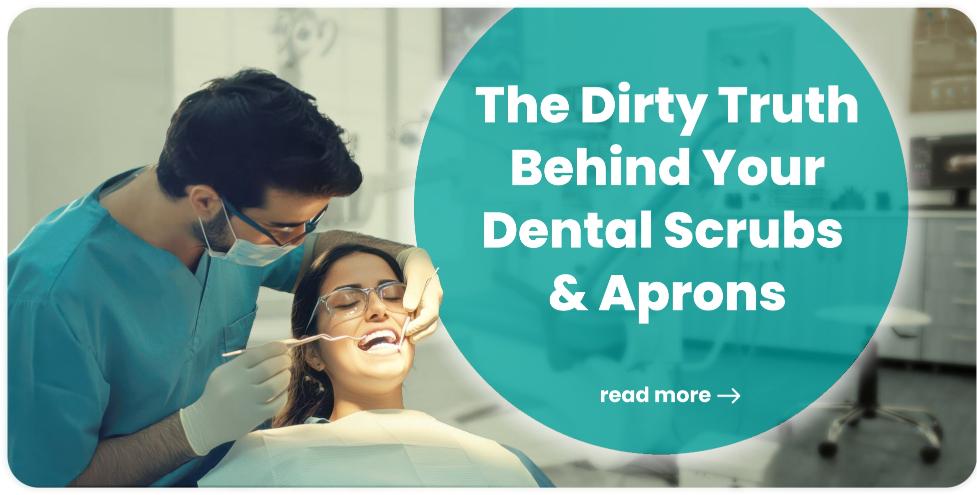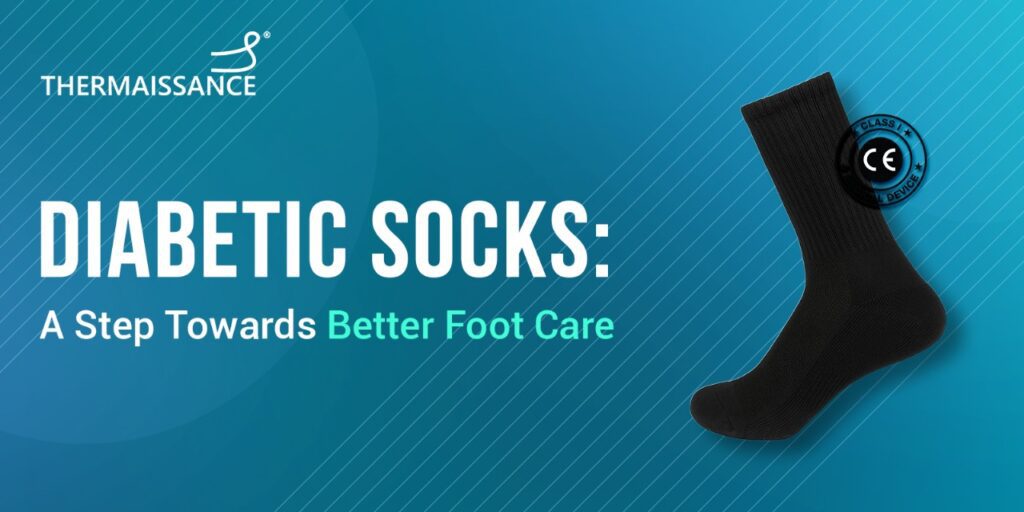
Why What You Wear Could Be the Weakest Link in Your Infection Control
You Sterilize Your Tools — But What About Your Scrubs?
In dental clinics, strict hygiene protocols surround every procedure. Instruments are autoclaved. Gloves are changed. Surfaces disinfected. But there’s one overlooked threat dentists take with them — their own clothing.
Dental scrubs, worn for protection and professionalism, often become carriers of dangerous pathogens — and studies show that most dental professionals are unaware of just how much they’re taking home with them.
The Shocking Numbers: 60,000 Bacteria After One Session
In a clinical study conducted by the University of Detroit Mercy School of Dentistry, researchers placed sterilized fabric swatches on the scrubs and hairbands of dental professionals during routine patient care.
What they found was alarming:
- Scrub swatches contained 250 to 60,000 colony-forming units (CFUs) after just 3–6 hours in the clinic
- Hair swatches carried 130 to 84,800 CFUs, with a median of 19,300
- Bacteria included serious pathogens like:
- Staphylococcus aureus
- Enterococcus faecalis
- Bacillus cereus
- Veillonella parvula and Streptococcus mitis
These bacteria didn’t just stay on the scrubs — they had the potential to transfer to homes, cars, and other people after the clinic session ended.
Dangerous Habits: What Most Dentists Still Do
The same study revealed behavioral patterns that make this issue even more concerning:
- 97% of dental healthcare workers wore their scrubs outside the clinic
- 83% washed scrubs with household laundry
- Only 44% always washed their hair after patient care
- Most used cool water to avoid color bleeding — which reduces disinfection
This creates a perfect scenario for cross-contamination: Germs picked up during procedures are transferred to towels, children’s clothes, car seats, and more. And since pathogens like S. aureus can survive for hours to days on fabric, even clean-smelling scrubs could still be biologically dangerous.
Why Your Scrubs Are Not Innocent
Traditional cotton scrubs are passive fabric. They offer no resistance to bacterial adhesion or survival. When worn in high-exposure environments like dental clinics:
- They absorb saliva and aerosol droplets during drilling
- Bacteria from gloves easily rub off onto thighs, pockets, and sleeves
- Washing them at home often fails to kill hardy microbes
- Clinic-provided laundry services are rare
Even with regular laundering, bacteria persist — and infection risks compound over time.
The Smart Switch: Thermaissance Antimicrobial Scrubs & Headcaps
There’s a better way.
Thermaissance scrubs and headcaps are engineered to protect you not just during procedures — but also between uses and after washes.
What Makes Thermaissance Different:
- Built-in antibacterial, antiviral and antifungal protection — effective against multiple pathogen strains
- Thermoregulating technology — keeps you cool during long procedures
- Reusable and lab-tested for 100+ washes without losing efficacy
- Skin-safe and breathable for all-day wear
- Certified as a medical device for bioburden reduction
Whether you’re in general dentistry, surgery, or hygiene, Thermaissance scrubs act as an active barrier, reducing the microbial load from the moment you wear them — and helping prevent environmental transmission from your clothing.
Don’t Take the Risk Home With You
The 2017 study made one thing clear: scrubs are not just workwear — they are potential vectors for microbial transmission.
If you’re still using cotton scrubs and washing them at home, you’re risking cross-contamination in places where infection control matters most — your home, your family, your next patient.Thermaissance offers the smarter, safer alternative.
Upgrade to antimicrobial protection that begins where your current scrubs leave off.
Recent Posts
-
30 Oct 2025 ThermaissanceWhy Contaminated Linen is the Most Underestimated Threat in the Fight Against Hospital Acquired Infections
-
28 Oct 2025 ThermaissanceDefeating Neonatal Hypothermia: How the Thermaissance Baby Hug Revolutionizes Thermal Management for Preterm Infants
-
 25 Sep 2025 ThermaissanceDiabetic Socks: A Step Towards Better Foot Care
25 Sep 2025 ThermaissanceDiabetic Socks: A Step Towards Better Foot Care

